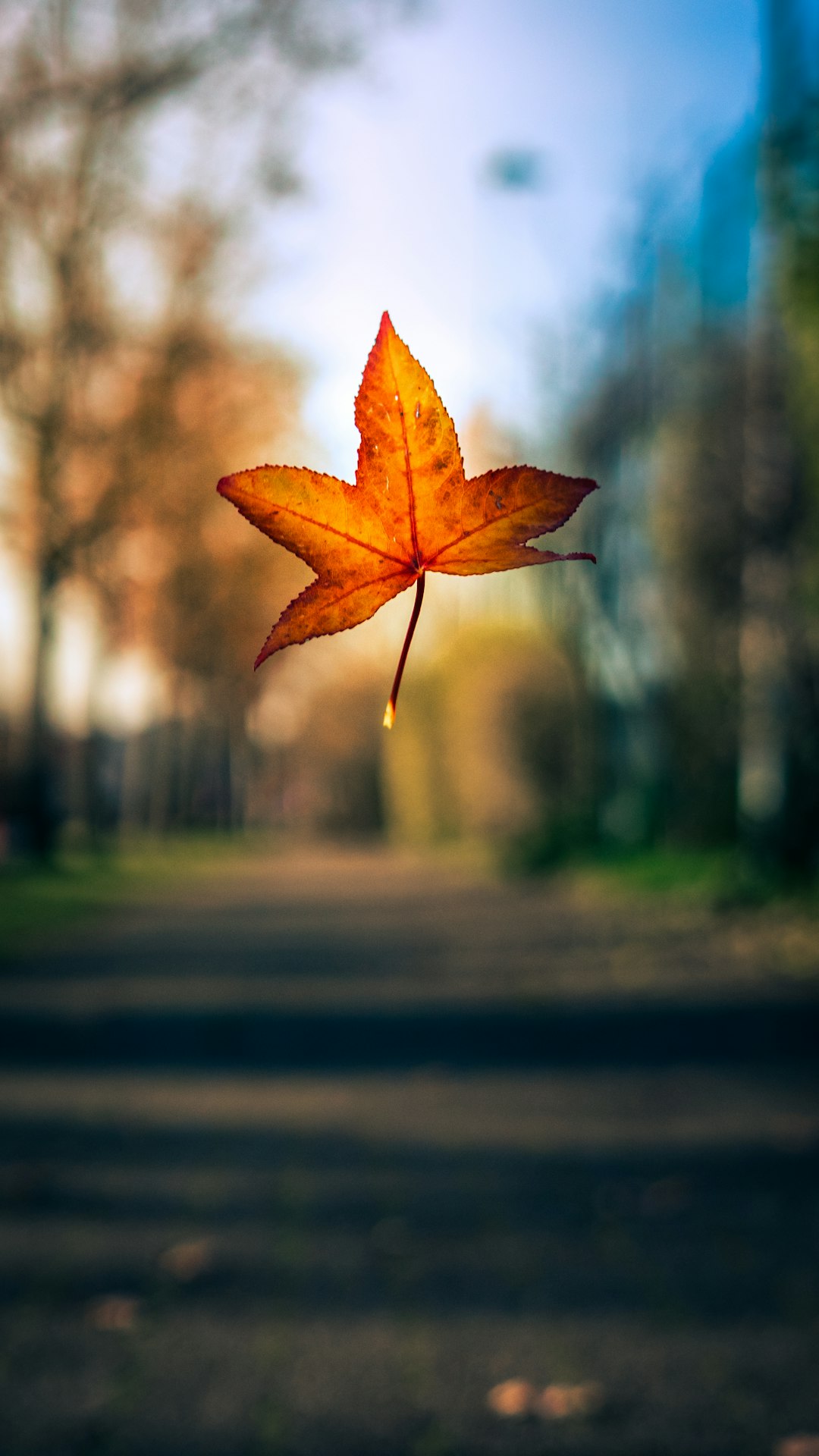One Healthy Best Thing: Balance
You can be perfectly sober, but walking a straight line might prove a challenge. Don't fall for it.

“Can you walk a straight line?”
This may sound like a question that a police officer might ask after pulling you over for erratic driving, but it’s not all that.
The “heel to toe” technique of walking in a straight line with one foot immediately in front of the other is not only used by police officers to assess intoxication, but also by health professionals to test for gait and balance problems.
Try it.
The definition of feeling “tipsy” takes on a whole new meaning once you’re of a certain age.
As we age, our balance becomes more compromised. And hence, so does our risk of falling.
It happens so fast, this falling. Too fast to be able to stop it. (But while you’re doing it, your mind somehow slows down and your life flashes before your eyes.)
And though falling is not just relegated to the older set - I’ve taken numerous tumbles throughout my life (oh, the stories I could tell…see below*) - being older takes falling to a whole new level:
You’re more likely to break a bone or pull a muscle.
It’s more difficult to get up from a fall (If you do fall, pause for a moment and determine if you’re hurt before getting up. If you get up too quickly, you can make an injury that much worse.)
One out of five falls results in a serious injury (like a broken wrist, arm, ankle, hip or head injury).
In adults over 65, falls are the leading cause of injury deaths. Over 36,000 deaths in that age group were caused by falls.
More than half of all falls happen right in your own home.
Most falls are caused by a combination of risk factors, including vision problems, uneven surfaces, throw rugs or “tripping hazards” (as I call shoes and assorted other items that are left around the house). Add to that some medicines, vitamin D deficiency, foot problems and lower body and core weakness. Don’t ignore wet or slick surfaces, furniture that blocks pathways, not having stair railings or grab bars in the bathroom. #EVERYDAY LIFE.
Oh- and one more. The one thing you’ll kick yourself for doing: rushing, multitasking or not paying attention.
*Okay, you want stories? Places and ways I’ve fallen over the years:
On the tennis court, while running backward for a shot.
At my house, tripping over a pair of sneakers left in a very bad spot.
Running UP the stairs at a hotel.
Running DOWN the stairs at home.
On a slick bathroom marble floor while on vacation (Broken wrist ensued. Not pretty.)
In case you missed it, these three essential exercises I offered in an earlier newsletter will also serve your balance well.
The statistics are frightening, but don’t let them stop you from being active. Many people limit themselves from activities due to a fear of falling. And that’s far from ideal and even counterproductive, since inactivity can make you weaker (and more prone to falling).
Remember this: Though common, falls are certainly preventable.
For A Pause…
The experts at Johns Hopkins have something to say about falls. #safetyfirst.
Take this 10 second balance test to get a dose of reality. The British Journal of Sports Medicine has bad news for people who fail. #standsteady.
Here’s a small selection of excellent and easy balance exercises from the Mayo Clinic. #challengeyourself.
If you, like many of us, wear bifocal or progressive lenses - which can distort your vision by making things seems closer or farther away than they really are - you might want to consider getting a different pair of glasses with just a distance prescription that you can wear outdoors when you walk. #seeyoureyedoc.
One More Thing:
Sometimes, falling is intentionally planned.
Got a question or suggestion for thePause? Interested in contributing to, being featured or supporting thePause? Let us know by leaving a comment.

